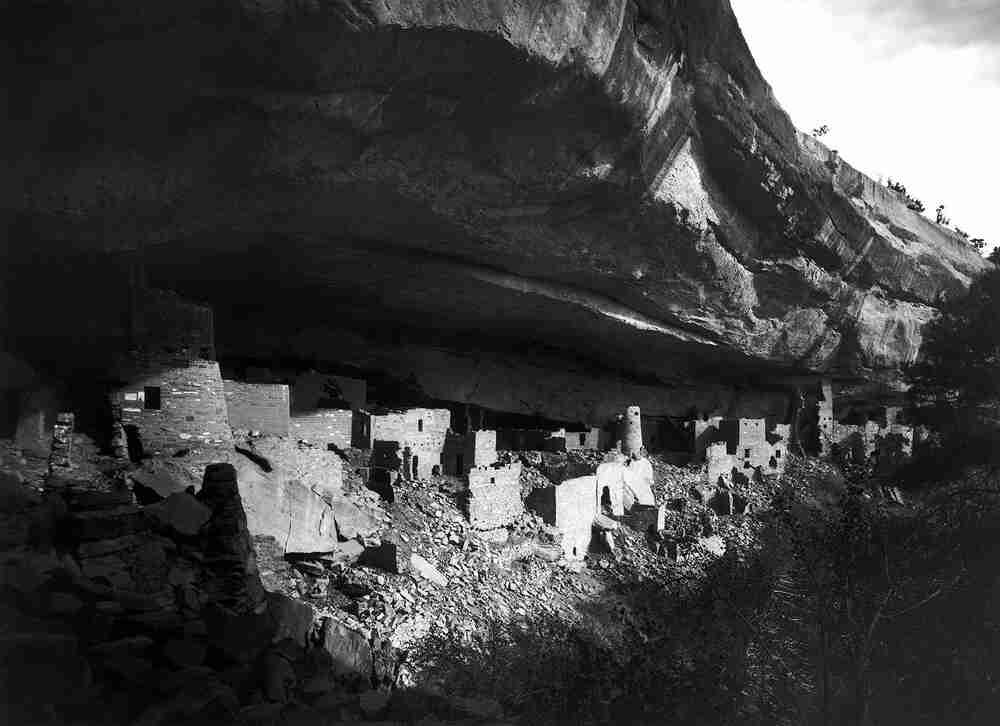Gustaf Nordenskiöld and the Mesa Verde Region
Full Article
In 1891 the young Swedish scientist Gustaf Nordenskiöld (1868–95) arrived in Colorado, seeking both a cure for his tuberculosis and a look at the wonders of the West. His experiences over the next two years set in motion a series of events that would ultimately lead to the passage of the first federal law protecting cultural resources in 1906 and the creation of Mesa Verde National Park later that same year. Nordenskiöld’s book (1893) on his work in the Mesa Verde region and his observations of the historic Pueblos remains a milestone in the early archaeological research on this region.
Archaeological Investigations
Soon after his arrival in Durango in the summer of 1891, Nordenskiöld traveled to Mancos and began exploring local cliff dwellings with the Wetherill family, the ranchers with whom he lodged. His experiences so inspired him that he spent a month excavating and surveying sites, with special focus on those sheltered by the overhanging cliffs of Wetherill and Chapin Mesas in what is now Mesa Verde National Park. Nordenskiöld had been trained as a natural scientist and been taught to be a careful observer of everything from geology to butterflies. His observations about the Mesa Verde region included descriptions of the region’s flora, fauna, and geography, as well as the sites and associated artifacts that were his primary focus.
Nordenskiöld’s investigations in the Southwest accelerated archaeological practice and laid a foundation for our current preservation ethic. His extensive photographic documentation of archaeological sites and the materials he collected, along with his detailed descriptions of his finds, brought new discipline to the relatively young field of archaeology. His hired hands were deeply impressed by the rigor and scientific aims of his methods. This experience informed subsequent excavations and collections by the Wetherill brothers, especially Richard Wetherill, at Mesa Verde, Grand Gulch, and Chaco Canyon. Nordenskiöld’s well-illustrated and thorough research report was published in both Swedish and English in 1893 and remains in print today. It endures as a valued resource on Mesa Verde archaeology and its early development.
Fate of the Artifacts and Legacy
In September 1891, Nordenskiöld attempted to ship his artifact collection back to Europe but was delayed in Durango and temporarily arrested on charges that he had illegally excavated the artifacts. The artifacts were impounded for the next month until the court ruled that no law had been broken. The publicity surrounding this episode and the increasingly wholesale excavation of sites throughout the region over the next decade led to the enactment of the Antiquities Act in 1906 and, thereafter, to the establishment of a national park to protect Mesa Verde. The collections from Nordenskiöld’s 1891 investigations ultimately ended up at the Finnish national museum in Helsinki, where they remained for more than a century before the Finnish government agreed in 2019 to return many of the artifacts—including some human remains and funerary objects—to native tribes in the region.
Nordenskiöld’s scientific contributions and his indirect but significant role in historic preservation legislation are all the more remarkable given that he died only four years after his visit to Mesa Verde, at age twenty-six.















